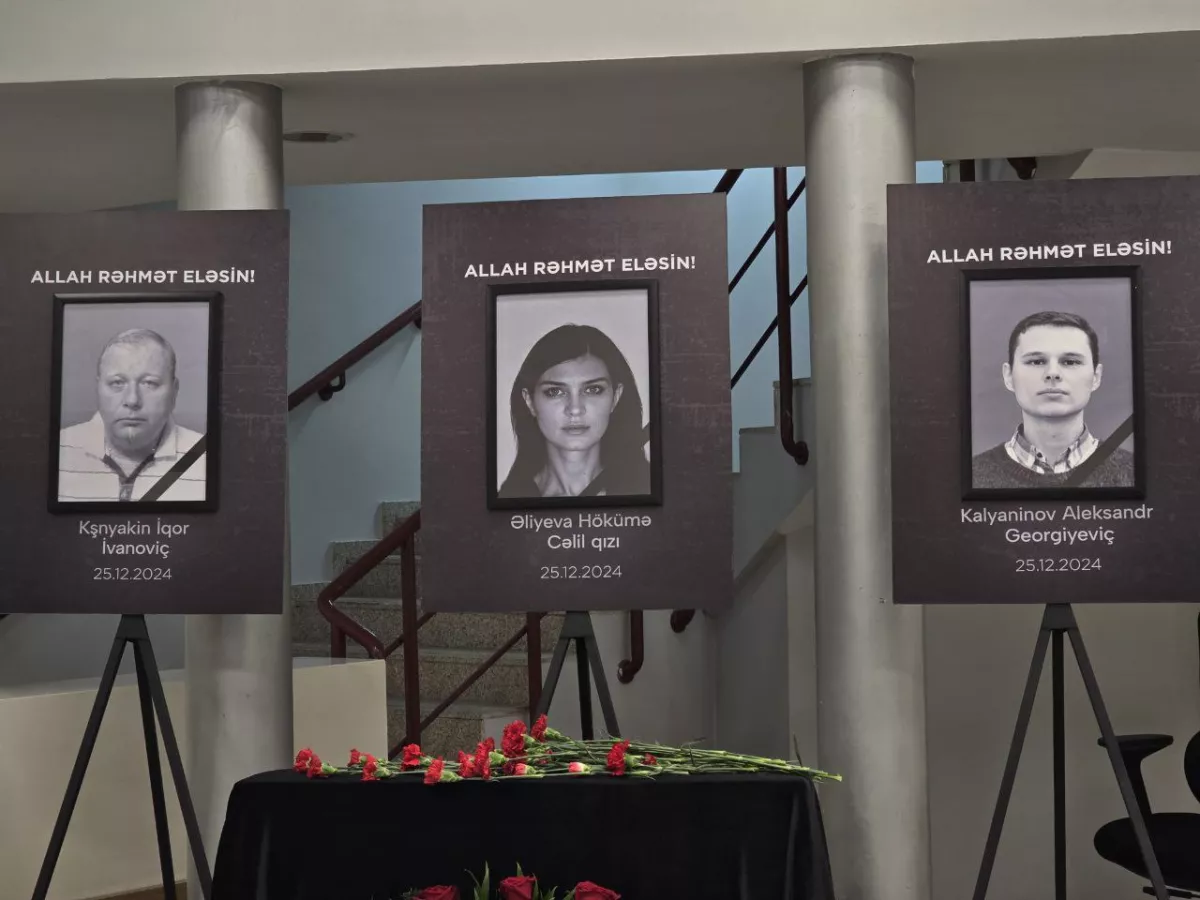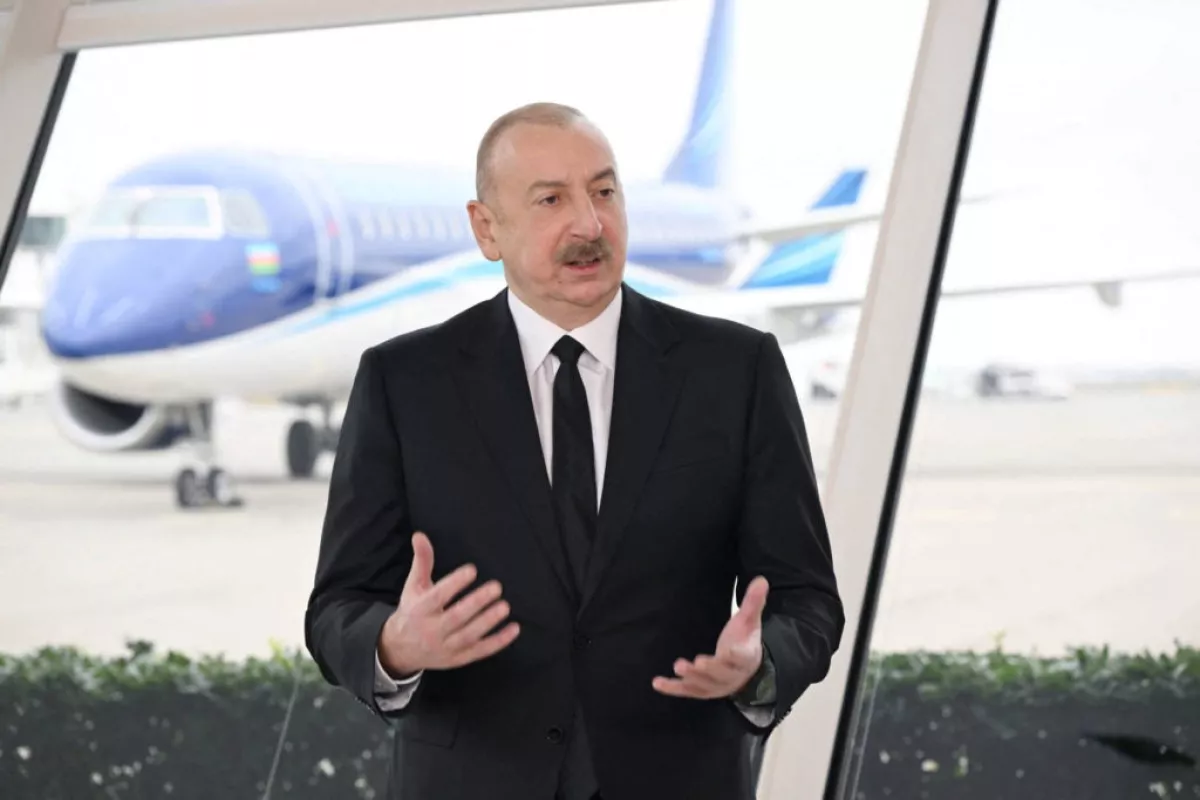What tragic downings of MH17, AZAL 8243 reveal about regional power struggles
On December 25, 2024, Azerbaijan Airlines Flight 8243 crashed near Aktau, Kazakhstan, during its route from Baku to the nearby Grozny in southern Russia. The flight carried 62 passengers and five crew members.
Although official investigations are still ongoing, local authorities quickly deduced—based on evidence, including those gathered from the remaining plane debris —that the aircraft was brought down by a Russian missile system.
This preliminary conclusion is now being echoed by international aviation experts, with the incident bearing an eery reminiscence to the fatal Malaysia Airlines Flight MH17 downing over eastern Ukraine in July 2014.
Though separated by a decade, an analysis conducted by the Geopolitical Monitor publication highlights that the two tragic cases invite a comparative examination in terms of technical causes and the avalanche of geopolitical repercussions they have set in motion.
At first glance, the two flights appear vastly different considering the circumstances under which they took off. Malaysia Airlines MH17 was a long-haul commercial flight from Amsterdam to Kuala Lumpur, flying at cruising altitude over Eastern Ukraine, where clashes between the official armed forces and separatist movements had already broken out at that point.
Azerbaijan Airlines Flight 8243, by contrast, was a short-haul journey within the Caucasus region from Baku to the nearby Chechen Republic's capital. MH17 was struck by a BUK surface-to-air missile launched from separatist-controlled territory in the course of the unfolding Donbas conflict.
The strike caused an immediate mid-air explosion, leaving the pilots with no time to undertake evasive action or call out distress signals. Debris was scattered across a large area, with all 283 passengers and 15 crew abroad, 196 of whom were Dutch nationals, tragically perishing in the incident.
AZAL 8243, however, faced a more convoluted chain of events. After two failed landing attempts in Grozny due to poor weather conditions, the crew followed standard diversion protocols.
The article highlights that what sets this incident apart is the fact that the Grozny region was being actively targeted by Ukrainian drone strikes at the time of the AZAL plane’s approach.
In response, Russian air defence systems were fully activated and operating at a heightened state of alert. However, despite this escalated military readiness, local Russian authorities failed to adequately inform the Azerbaijani crew or issue any timely warnings about the ongoing aerial threats in the vicinity.
The Azerbaijani aircraft is believed to have been struck by a Russian missile, based on sonic boom reports and damage analysis indicating outward-facing shrapnel penetration. After sustaining damage, the pilots requested emergency landings at two nearby Russian airports. Shockingly, both were denied clearance, forcing the crew to continue flying.

The pilots decided to direct the plane to cross the Caspian Sea towards Kazakhstan, where the plane crashed near Aktau upon attempting to land. Unlike the tragic MH17, AZAL 8243 remained partially flyable and managed to descend on the ground. Thanks to the professionalism of the pilots and cabin crew, a total of 29 people were able to survive the crash.
The report by Geopolitical Monitor emphasises one key distinction: while MH17 may have been misidentified in an active war zone and shot down at cruising altitude, AZAL 8243 was a clearly marked civilian aircraft flying in open airspace, remained in regular routine contact with Russian air traffic control and was manoeuvring far away from an active war zone. If it was struck under circumstances related to drone confusion, "this incident would represent a staggering failure in [Russian] coordination and protocol—perhaps even bigger than MH17."
The investigation into the Malaysian flight was marred by obstruction and misinformation. Occurring in separatist-held territory, investigators faced delayed access, tampered evidence, and little cooperation.
The Joint Investigation Team (JIT), formed by the Netherlands along with Australia, Malaysia, Belgium, and Ukraine, took a year to deliver its initial findings, which were later reaffirmed in a 2018 update and supported by the Council of the International Civil Aviation Organization (ICAO Council) and the European Court of Human Rights. These bodies all attributed responsibility to Russia. On the 10th anniversary of the MH17 downing, Russia however, reiterated its denial, with a statement released by the Russian Embassy to the Netherlands calling all opposing claims “false.”
By contrast, the response to AZAL 8243 has set a different tone and marked a new standard for regional transparency and cooperation. Kazakh authorities quickly secured the site, offered medical care, and welcomed international experts. The black boxes were sent to the ill-fated plane's Brazilian manufacturer, Embraer, which confirmed the plane was hit by an external projectile, likely a Russian Pantsir missile. While Russia dispatched emergency teams to the site, it denied any direct involvement.
On December 28, Azerbaijani President Ilham Aliyev publicly blamed Russia for the tragedy. While he did express his believe that the incident appears to have been the result of an accidental downing in contrast to a targeted attack, he did inform the public that his administration informed Russia on December 27 of its demand for a formal apology from the Kremlin and an admittance of guilt.
Russian President Vladimir Putin did contact the Azerbaijani leader on December 28, offering his condolences to the victims, albeit without an official admission to Russia's involvement, which remains a critical thorn in bilateral relations. The denied emergency landing requests from two Russian airports also raised global concerns about Russian air traffic protocols.
The geopolitical consequences that those two tragedies set in motion are significant. MH17 led to a surge in Western sanctions against Russia and strained its diplomatic standing. AZAL 8243 may spark similar tensions, particularly as it occurred outside an active war zone and involved a civilian flight following proper channels.

If the theory put forward by Azerbaijani and Kazakh authorities, as well as the Brazilian investigation and others are confirmed, the article deducts that the use of lethal defence systems without coordination would mark a profound lapse in Russian military discipline.
Another significant outcome that developed from the AZAL incident includes Azerbaijan and Kazakhstan’s firm and transparent responses, which, according to the article, highlight the changing dynamics in the post-Soviet space. Azerbaijan has vocally challenged Moscow’s conduct, and Kazakhstan’s cooperation with international investigators has been praised. The author notes that, unlike in the case of MH17, Russia's disinformation campaigns around AZAL 8243 have gained little traction, suggesting Moscow’s regional narrative control is weakening.
These developments illustrate that nations in Central Asia and the Caucasus are no longer silent stakeholders. They are asserting their sovereignty and challenging historical power structures. If AZAL 8243 was indeed brought down by Russian systems, Geopolitical Monitor predicts that it won’t just be remembered as a tragic accident but may well become a turning point in Eurasian geopolitics.
Their piece concludes with a call addressed to the global community that it must recognize the wider ramifications of both the MH17 and AZAL 8243 tragedies. The risks posed by uncoordinated military actions near civilian air corridors are rising.
Most critically, the ability—and willingness—of smaller states to push back against such recklessness is growing, potentially reshaping the region’s balance of power.
By Nazrin Sadigova








